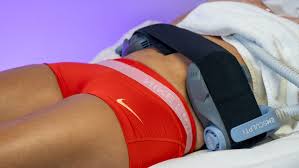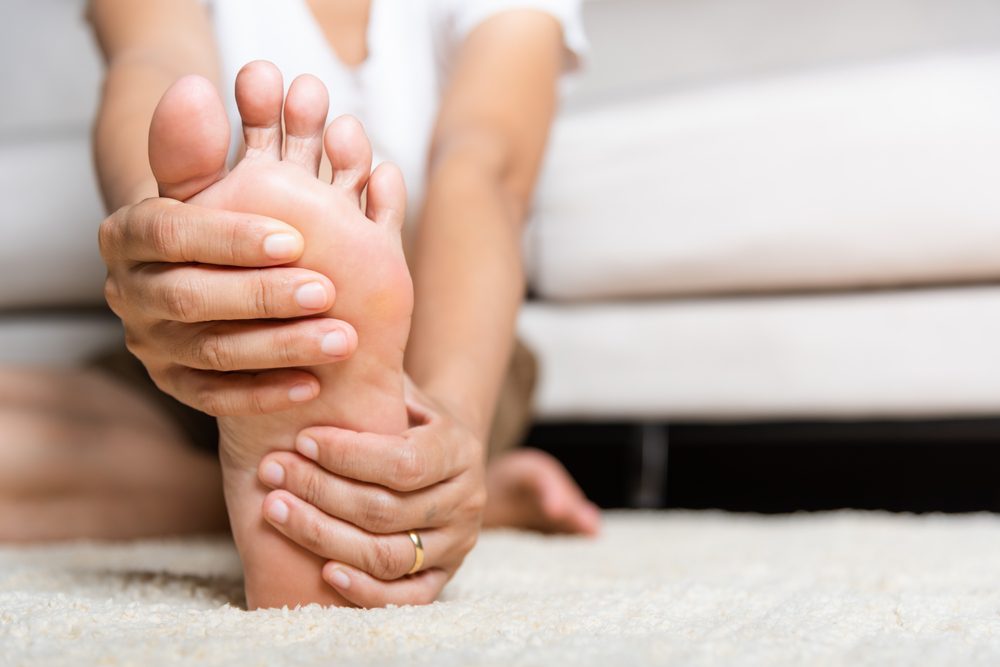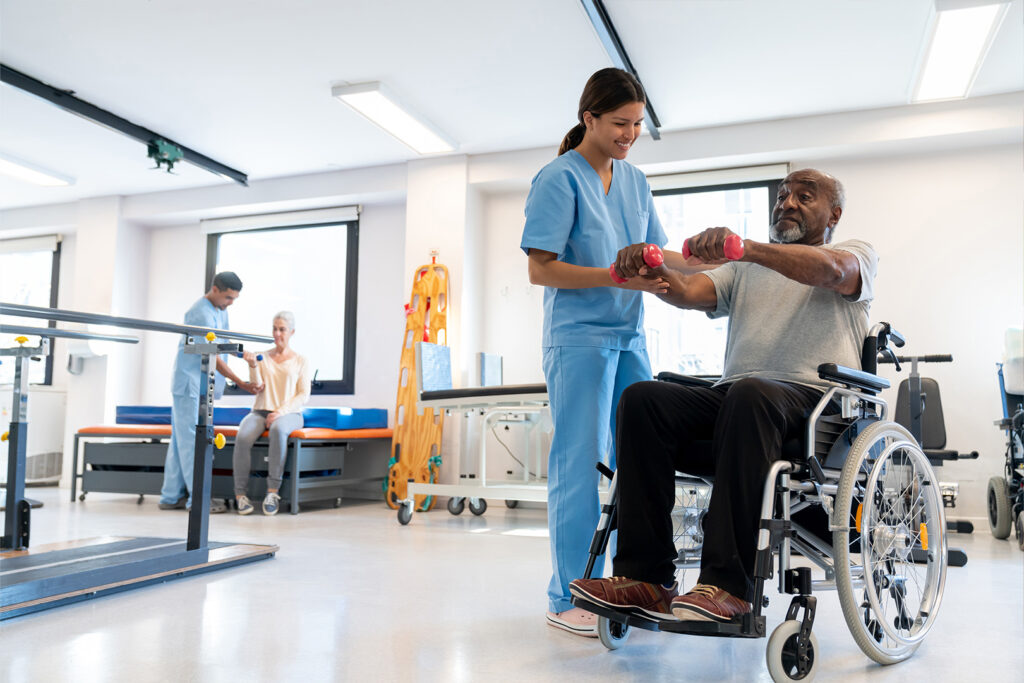Recovery after surgery can present various physical challenges, including swelling, discomfort, and reduced mobility. Compression socks are a helpful tool in post-surgical care for managing these side effects and supporting leg health. Understanding the role of these socks and how they support recovery is valuable for those navigating the post-operative process. Here is more information on compression socks, how they function, who may benefit from them, and their impact on post-surgical recovery and ongoing leg health:
What Are Compression Socks?
Compression socks are specially designed garments that provide graduated pressure to the lower legs. The fabric applies the highest pressure at the ankle, gradually decreasing as it moves up the leg. These socks are available in various lengths, materials, and pressure levels to suit many needs.
Post-surgery patients may receive compression socks as part of their discharge plan. They are especially helpful for individuals with reduced mobility or risk factors for circulatory issues. There are both over-the-counter and prescription options, with medical-grade socks typically recommended for specific surgical recoveries.
How Do They Work?
The function of these socks is to apply graded external pressure to the legs. This pressure assists in supporting venous blood flow back to the heart, helping to reduce blood pooling in the lower extremities that frequently occurs during periods of immobility. Graduated compression helps to gently squeeze the leg tissues and vein walls, which in turn supports the movement of blood upwards against gravity. This targeted pressure can also discourage the formation of fluid build-up, a common cause of swelling after surgery.
Who May Benefit From Using Them?
While many individuals recovering from surgery can benefit from compression socks, certain groups may be more commonly advised to use them. This includes individuals who have undergone vascular procedures. Those at risk of developing venous insufficiency can also benefit from using them.
Patients with a history of vascular vein conditions may receive recommendations for these socks as a preventative measure. This includes varicose veins or deep vein thrombosis (DVT). These garments are also prescribed to individuals with chronic circulation conditions or those who face extended periods of inactivity.
How Do They Facilitate Recovery?
The post-surgical period typically involves limited movement, making adequate circulation more difficult to maintain. Compression socks support the veins in returning blood to the heart, reducing the risk of complications such as swelling or blood clots during recovery. Supporting circulation also helps decrease discomfort linked with swelling or a feeling of heaviness in the legs. Some patients may experience improved mobility earlier in the recovery process when wearing these socks as directed by their healthcare provider.
How Do They Improve Leg Health?
Long-term leg health often depends on maintaining adequate circulation. These socks address several factors contributing to poor venous flow, such as prolonged sitting or lying down during recovery. By promoting blood movement, these socks help to reduce swelling and support overall tissue health.
Some vascular vein patients use these socks to manage symptoms beyond the post-surgical window. Regular use helps lower the perceived risk of skin changes, aching, or developing further vein problems in those predisposed to these conditions. Consulting a specialist helps determine how compression therapy fits into your recovery plan.
Enhance Your Post-Surgery Experience
Surgery recovery demands attention to circulation and comfort, especially in the lower limbs. Compression socks are a tool that supports both immediate recovery and broader leg health without introducing invasive measures. If you’ve undergone surgery or have been diagnosed with a circulatory condition, talk with your healthcare professional about whether these socks suit your recovery plan.





Leave a Reply